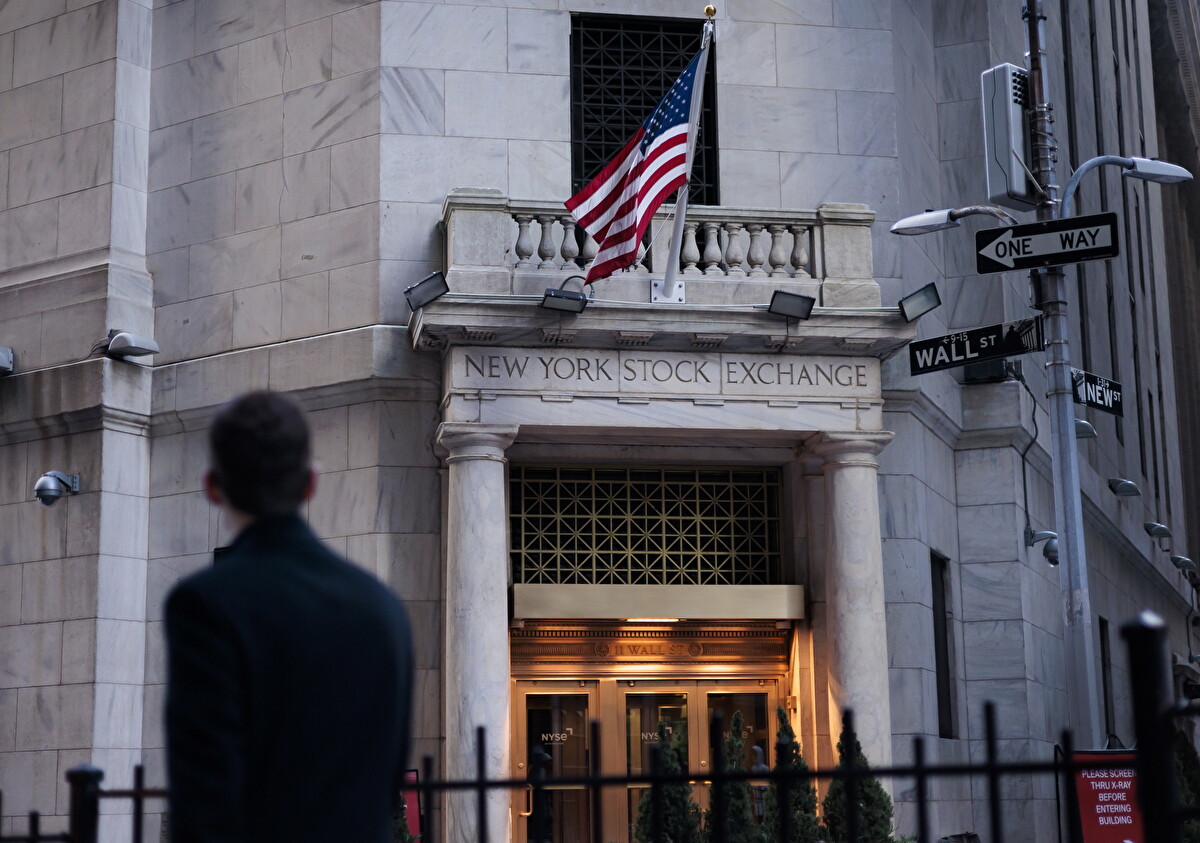U.S. consumer prices accelerated in June, marking a renewed uptick in inflation as tariffs imposed by President Donald Trump begin to trickle down through the economy.
The consumer price index rose 0.3% from May, pushing the annual rate to 2.7%, the highest since February. The increase matched economists’ expectations and is seen as one of the clearest signals yet that Trump’s aggressive trade policy is starting to weigh in.
Core CPI, which strips out food and energy, rose 0.2% on the month and 2.9% over the past year. While the year-over-year number was in line with forecasts, the monthly gain came in just shy of the 0.3% expected.
Auto prices were a drag, with new vehicle prices down 0.3% and used cars falling 0.7%. By contrast, other import-sensitive categories firmed: apparel rose 0.4%, while home furnishings climbed 1%.
Housing continued to be the largest driver of overall CPI gains. According to the Bureau of Labor Statistics, shelter costs rose 0.2% on the month and 3.8% from a year earlier. Food prices increased 0.3%, while energy reversed May’s decline with a 0.9% monthly gain. Medical care services rose 0.6%, and transportation services were up 0.2%.
Real wages declined slightly, with inflation-adjusted average hourly earnings down 0.1% in June. On a yearly basis, real earnings were up 1%.
Markets took the inflation report in stride, although gains faded by the close. After opening higher, the S&P 500 ended the session down 0.4%, while the Nasdaq finished slightly positive (+0.18%), lifted by reports that Nvidia may resume chip exports to China, sending its stock up 4%. Yields on 10-year Treasury notes edged up by 6 basis points.
Focus now turns to the Federal Reserve. Trump has renewed his push for a rate cut, criticizing the central bank for keeping policy tight and, in his view, worsening the burden of the federal debt. He has argued the Fed’s inaction— not his tariff strategy — is what’s actually fueling inflation.
Fed Chair Jerome Powell and most of the board remain cautious. Powell has reiterated that the economy is strong enough to justify patience and that more time is needed to assess the full impact of tariffs. Markets expect no change at the July meeting, with a possible 25 basis point cut in September.
Powell’s term as Fed chair expires in May 2026, and the White House has already started laying the groundwork for a transition.
“There’s a formal process that’s already starting,” Treasury Secretary Scott Bessent told Bloomberg on Tuesday. “There are a lot of good candidates inside and outside the Federal Reserve.”
Bessent also pushed back on the possibility that Powell could remain on the Fed board after his chairmanship ends – his governor term runs through 2028 – arguing it would be “confusive” for the markets.
Trump is reportedly reviewing a shortlist of potential successors, according to senior aides. Names floated include former Fed Governor Kevin Warsh, National Economic Council Director Kevin Hassett, Bessent himself, and current Fed Governor Christopher Waller, a Trump appointee seen as open to rate cuts.
Beyond policy disagreements, Powell is also facing scrutiny from a number of Republican lawmakers over cost overruns tied to the renovation of two historic Fed buildings. Critics have suggested these financial issues could offer legal grounds for early dismissal.
“That’s a thing that’s being looked into. But certainly, if there’s cause, he does,” Hassett said in an interview with ABC News on Sunday. Bessent, however, declined to speculate further.











